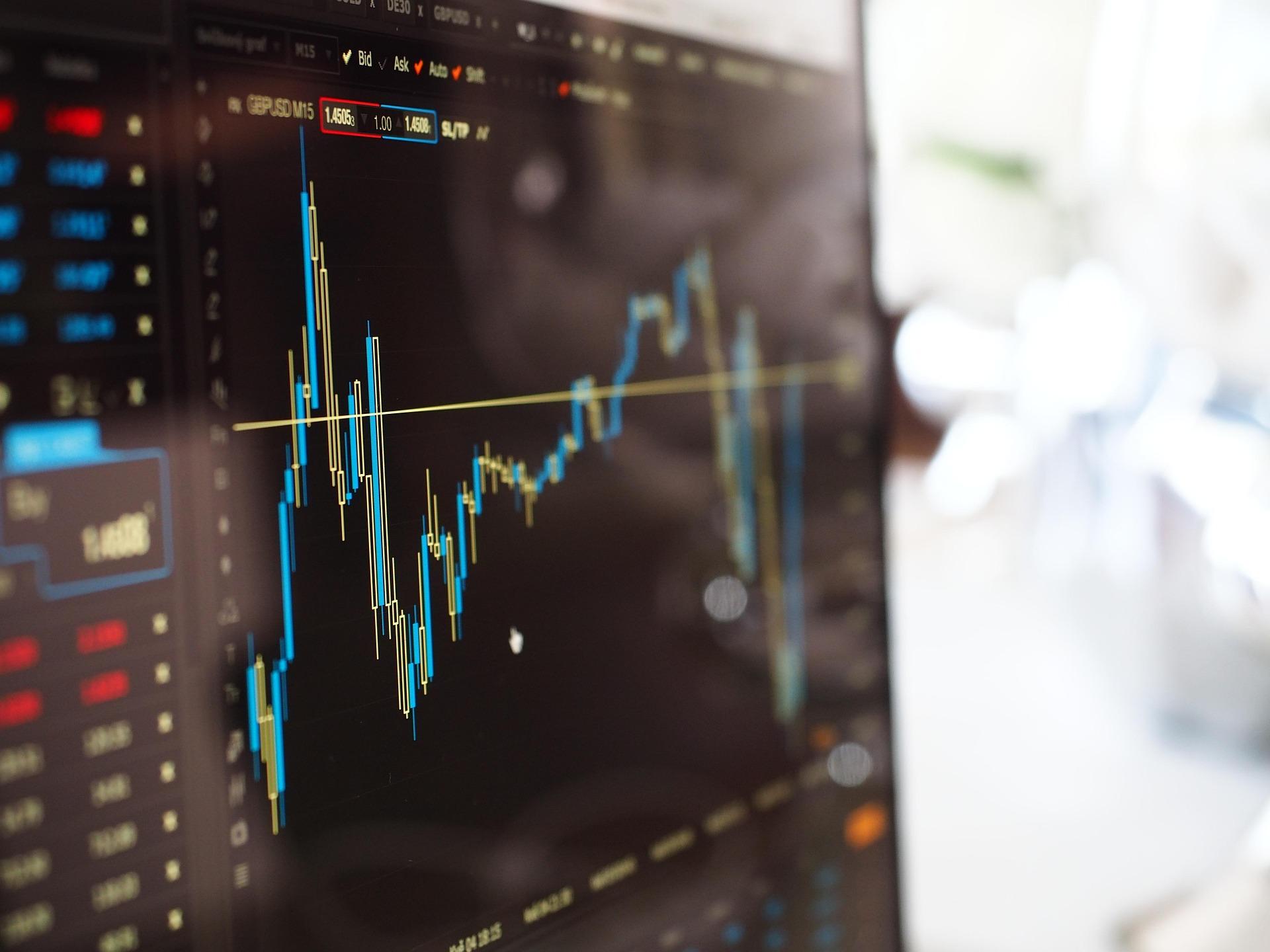
U.S. credit markets are witnessing a strong resurgence as investors rotate back into corporate bond funds, signaling renewed confidence in the health of the economy and expectations of continued market stability.
Over the past week, U.S. investment-grade (IG) and high-yield (HY) corporate bond funds posted a staggering $9 billion in net inflows—the largest weekly inflow in the last ten weeks. This significant reversal follows a dramatic outflow of approximately $28 billion in the second week of April, which was the steepest since the pandemic-driven turmoil of 2020.
Reinforcing this trend, the four-week moving average of credit fund flows has turned positive for the first time since March, now standing at around $5 billion. This shift marks a pivotal moment, indicating growing investor appetite for risk and a move away from recent defensive postures.
The surge in credit flows aligns with the performance of the high-yield corporate bond market. The $HYG ETF, a key benchmark for junk bonds, has rebounded 5.4% since its April 8th low, recently notching an all-time high. This price action is mirrored by a noticeable compression in high-yield corporate bond spreads, which have narrowed by 1.37 percentage points to 3.20%, nearing their lowest level since late March.
These developments point to a stabilizing U.S. corporate bond market, supported by resilient economic data and easing investor concerns. The inflow pattern shows a sharp departure from the outflows experienced earlier this year, indicating a potential inflection point for credit markets heading into the summer months.
With robust inflows and tightening spreads, both investment-grade and high-yield segments appear to be regaining their appeal. Investors are seemingly positioning for a more favorable interest rate environment and improved corporate fundamentals—both of which could further fuel demand in the weeks ahead.
Disclaimer:
This article is for informational purposes only and does not constitute financial advice. Investors should conduct their own research or consult with a financial advisor before making investment decisions. Past performance is not indicative of future results.




